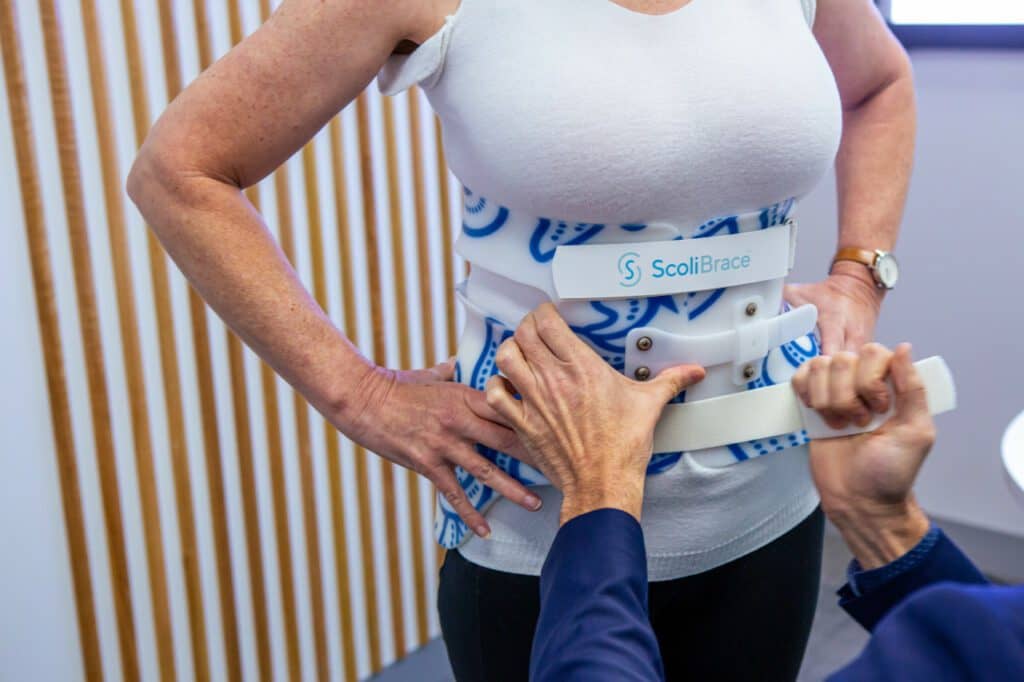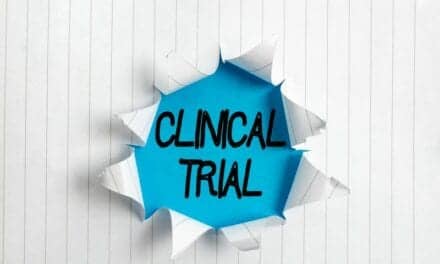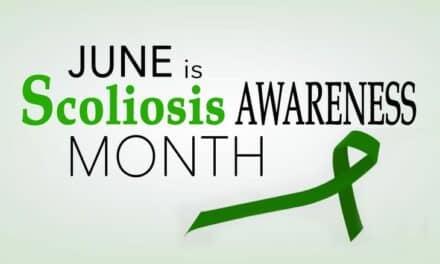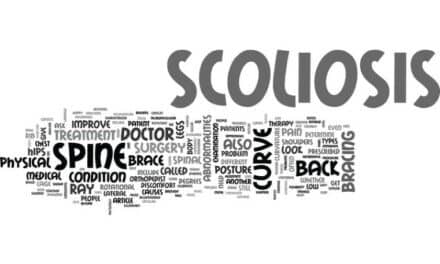ScoliCare, an Australia-based provider of non-surgical scoliosis and hyperkyphosis treatment and a worldwide brace manufacturer (ScoliBrace), announces the opening of ScoliCare Naples Florida, its first clinic in the United States.
“Our continued growth and expansion into the US shows the increasing demand for non-surgical scoliosis and hyperkyphosis treatment and rehabilitation options around the world,” explained Dr. Jeb McAviney, the company’s CEO. The prevalence of idiopathic scoliosis in young people is reported to be up to 5%[1-5] while scoliosis in adults has been reported to be as high as 68%.[6,7] It’s vital that everyone receives the right treatment at the right time for the best outcomes.”
“Despite Hurricane Ian, we are still opening on schedule thanks to our great local tradespeople in Florida. We’re really excited and proud to be the first ScoliCare clinic in the US,” said Dr. T. Bryant D.C., Head Clinician of ScoliCare Naples Florida. “We have had a long-term relationship with ScoliCare and have now transitioned from being a ScoliBrace Provider to adopting ScoliCare’s full clinical approach. This includes ScoliBalance, ScoliCare’s physiotherapeutic scoliosis specific exercise program.”

ScoliCare is known for patient-centred care and provides treatment to babies, children, adolescents and adults with scoliosis or hyperkyphosis. ScoliCare supports patients through their journey from assessment and treatment to rehabilitation and monitoring.
About ScoliCare
ScoliCare opened in Sydney, Australia in 2011 after Dr. Jeb McAviney (Chiropractor) found limited dedicated scoliosis and hyperkyphosis services available to patients. Today, the company has six clinics, 200 ScoliBrace Providers worldwide and offers scoliosis education to thousands of healthcare professionals each year.
References
1. Weinstein S, Dolan LA, Cheng JC, Danielsson A, Morcuende JA. Adolescent idiopathic scoliosis. Lancet. 2008;371:1527-1537
2. Weinstein S, Zavala DC, Ponseti IV. Idiopathic scoliosis: long-term follow-up and prognosis in untreated patients. Journal of Bone and Joint Surgery Am. 1983;63:702-712
3. Weinstein S.Idiopathic scoliosis. Natural history. Spine (Phila Pa 1976) 1986;11:780-783
4. Weinstein S, Dolan L, Spratt K, Peterson K, Spoonamore M, Ponseti I. Health and function of patients with untreated idiopathic scoliosis: A 50-year natural history study. JAMA. 2003;289:559-567. doi:10.1001/jama.289.5.559
5. Asher MA, Burton DC Adolescent idiopathic scoliosis: Natural history and long term treatment effects. Scoliosis. 2006;1:2-2. doi: 10.1186/1748-7161-1-2
6. Schwab F, Dubey A, Gamez L, El Fegoun AB, Hwang K, Pagala M, Farcy JP. Adult scoliosis: prevalence, SF-36, and nutritional parameters in an elderly volunteer population. Spine. 2005;30(9):1082–1085
7. McAviney J, Roberts C, Sullivan B, Alevras AJ, Graham PL, Brown BT. The prevalence of adult de novo scoliosis: A systematic review and meta-analysis. Eur Spine J. 2020 Dec;29(12):2960-2969. doi: 10.1007/s00586-020-06453-0. Epub 2020 May 22. PMID: 32440771
[Source(s): ScoliCare, PR Newswire]





